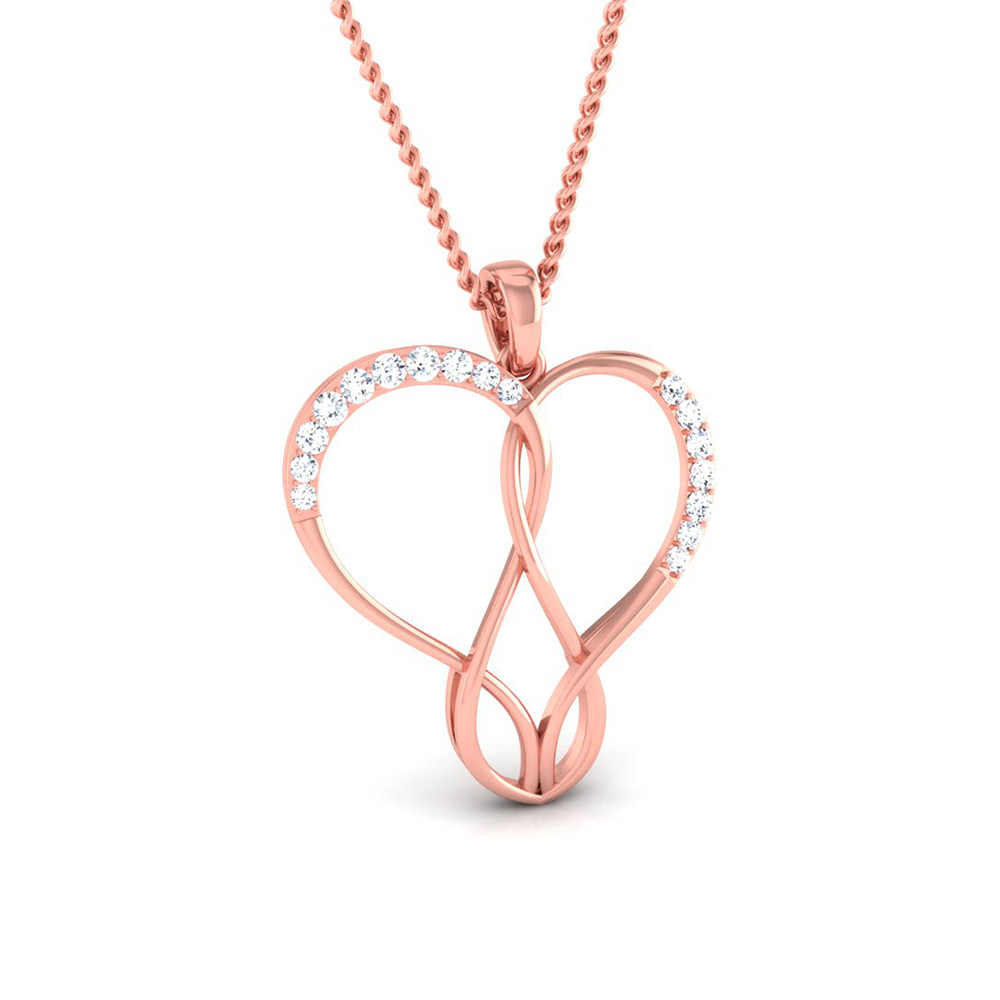Know-All about the 3 Popular Shades of Gold - Yellow, White and Rose!
Today, mixing metals of different hues is considered a fashion statement. In today’s time, people don’t shy from being experimental with their looks. However, most still worry about the quality of the metal in their jewellery, not all metals are hypoallergenic. This means they can be uncomfortable for repeated usage. However, gold is hypoallergenic, which basically means gold will not cause anyone any kind of skin issues, irritation or reaction. This makes gold one of the top choices for those wishing to purchase accessories.
What makes Gold even more versatile is how it can be styled into various types of gorgeous jewellery. Not only can its strength be controlled for various settings such as accessories with gemstones but also the colours it offers such as White Gold and Rose Gold. We love the combination of yellow, white and rose gold while accessorising, however, many are concerned about the quality of gold when it is in any other hue but for bright shiny yellow!
Let’s take a look at what makes gold yellow, white and rose or pink:

Yellow
Yellow gold is traditionally accepted and used across the world in jewellery making. It is especially popular in countries like India, Saudi Arabia, Singapore, China and few other Asian Countries. There are subtle variations in yellow gold when it comes to the colour and to explain this we’ve got to explain the concept of Karat. Gold Karat refers to the composition of gold in a piece of jewellery which may typically use a mixture of metals as per requirement.
So why do jewellery makers seldom create jewellery with pure gold and no other mixture of metals in the composition? Pure gold is extremely soft and malleable, it can be easily twisted and bent out of shape or even broken into half. This quality of gold means it is not the ideal metal for jewellery on its own. It needs to be mixed with certain other metals to ensure the strength and durability of the jewellery design. Hence, in the modern-day designs, 24 kt which is the highest purity of gold in jewellery is lesser used and instead other metals are used in the mixture resulting in 22kt, 18kt and 14kt gold.
Jewellery designs that sport the usage of gemstones such as diamonds are usually based in 18kt gold. This is to ensure the gold is strong enough to hold the stones in a secure setting and also to be able to bear its weight. The colour of yellow gold differs for 24 kt, 22 kt, 18 kt and 14 kt. While 24 kt gold is a bright darker shade of gold, the 14 kt will be much more muted shade of yellow.
White
How is white gold white? White gold is an alloy of gold combined with certain other metals such as silver, nickel or palladium. The colour white is a result of carefully combining various alloys that bleach the yellow of pure gold resulting in a white gold product. Apart from the alloy mixture process to derive the white gold colour, most white gold jewellery is also coated with Rhodium, which comes under the same family as platinum.The coating of Rhodium not only makes the white gold appear more white but also makes it more durable and lustrous.


Rose or Pink Gold
The other Gold colour that we will be looking at in this article is the lovely Rose or Pink Gold. In recent years this particular colour has become a rage in the world of fashion. Rose gold became a popular choice for everything from phones to even hair colour! Rose or Pink gold has a unique look and is a great choice for accessories. Rose gold has even become popular as engagement and wedding bands!So, what gives yellow gold this rosy glow? Once again the answer lies in the way alloys are combined to create a piece of jewellery.Rose gold is a combination of gold with copper and silver. Various alloy recipes exist to create gold of various colours and strengths. The depth of the rosy hue of a rose gold product depends on the amount of copper mixed with pure yellow gold. If more yellow gold is used the rosy or pink hue will be very subdued. Hence a 14 kt rose gold ring will be more rosy or pink than an 18 kt rose gold ring because the yellow gold is higher in the 18 kt ring.
Rose gold has come a long way from first being used in Russia in the early 19th century by Carl Faberge to then being chosen as a colour of fashion by Cartier to now being a popular choice in the world of fashion and among fashion icons of today!
Rose or pink gold is a wonderful romantic choice and is definitely well-suited for fine jewellery. To add some more sparkle to your jewellery box, check out our rose and white gold collection jewellery
Yellow, White or Rose?
So, how do you choose between these options? Well, for starters you should choose what you love the most but that being said, certain metal tones are better suited for certain skin tones. People with lighter skin tones look great in white gold and other silver toned jewellery. People who have warmer skin tones look great in yellow and rose gold. However, it is now accepted fashion to even combine these three colours and flaunt accessories that are the ultimate fashion statements!In case you have decided to browse some yellow gold, white gold and rose gold jewellery in exquisite designs, look no further than Ketandiamonds.com


